By Andrea Gagliarducci (ACI Press)
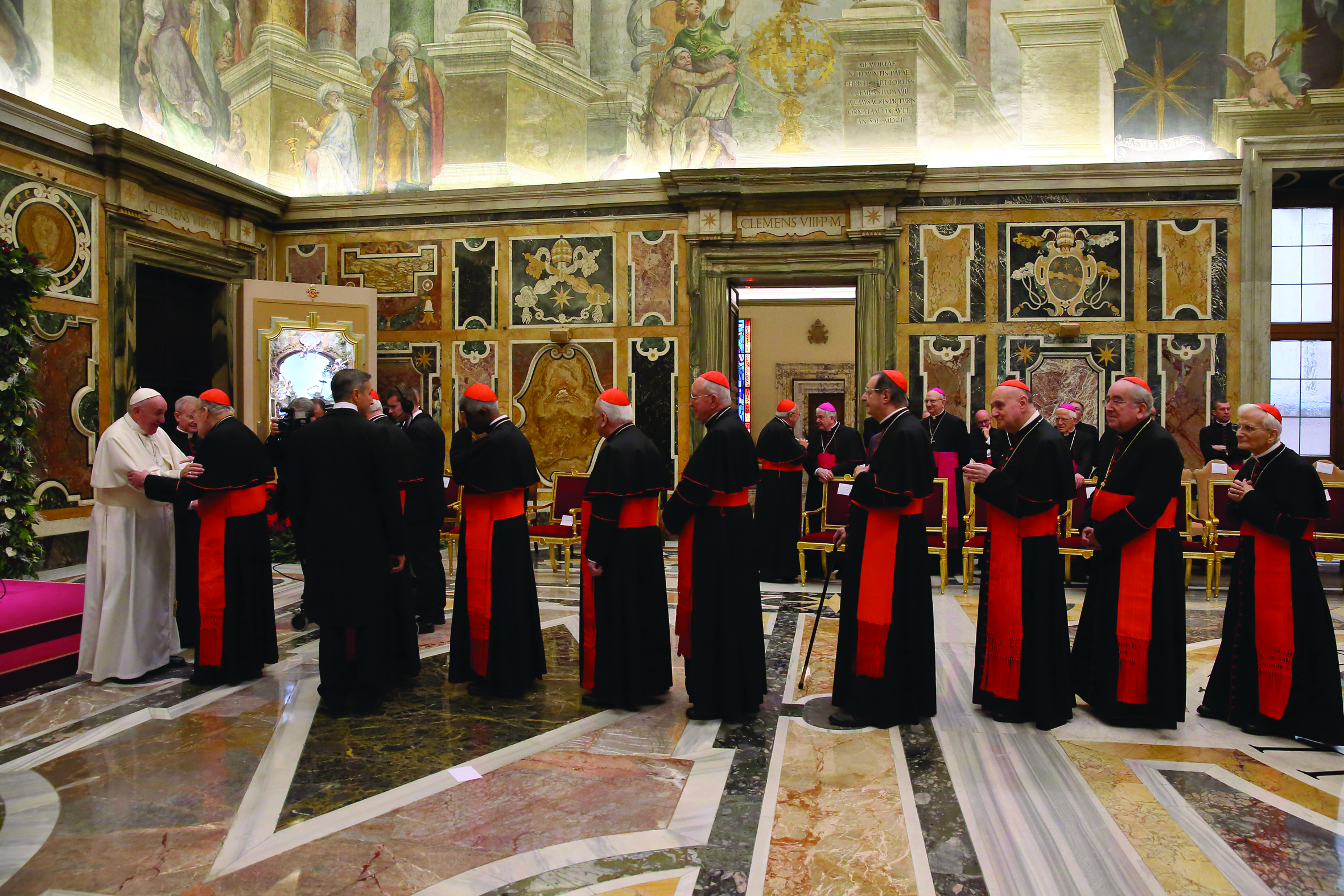
December 21, in the Clementine Hall at the Vatican. Pope Francis’ annual meeting with the Roman Curia for the exchange of Christmas greetings (Grzegorz Galazka Photo)
Pope Francis ended the year by modifying the rules for the Dean of the College of Cardinals: it is no longer a lifetime assignment, but a five-year assignment, renewable for another five. And it is a decision which, in the end, is in the spirit of the reform of the Curia. Because the reformed Curia, according to Praedicate Evangelium, if all the indiscretions are confirmed, can look forward to all assignments being held for five years, and renewable for another five.
It is not the only novelty foreseen in the reform. There is talk of a greater presence of laypeople, and also women, in top positions in the Curia, as well as a general restructuring of pontifical councils and congregations, which will all be called “dicasteries.” In his Christmas address, Pope Francis indicated, in particular, four dicasteries: the Dicastery for Evangelization, the Congregation for the Doctrine of the Faith, the Dicastery for the Integral Human Development Service, and the Dicastery for Communication.
If the Pope’s speech is indicative, it will be in these dicasteries that there will be the greatest changes. The Dicastery for Evangelization already has a new prefect, Cardinal Luis Antonio Tagle. He will arrive in mid-January from Manila, where he has been archbishop until now and will find himself leading the transition towards a renewed dicastery, which will also absorb the Pontifical Council for the Promotion of New Evangelization. First evangelization and new evangelization are thus included in a single portfolio, because — as Pope Francis explained in his Christmas address to the Curia — one no longer lives in a Christian world. In short, everything must be evangelization.
The Congregation for the Doctrine of the Faith will be the dicastery of faith, and in the new constitution of the Curia it will come immediately after the Dicastery for Evangelization. The changes mainly concern the way abuse is addressed. Already in 2015, there had been the establishment of a special college to examine the appeals concerning the delicta graviora, or the most serious crimes. Archbishop Charles J. Scicluna of Valletta was placed at the head of the college, who then was also a special envoy of Pope Francisto go to investigate the issue of abuse in Chile and was then appointed assistant secretary to the Congregation of the Doctrine of the Faith. But there is also talk of a “doctrinal” competence entrusted to the Episcopal Conferences, as already seen in the exhortation Evangeli Gaudium, and even to local courts of the Congregation for the Doctrine of the Faith, in order to better deal with cases of abuse.
What is certain is that the reform seems to be going at two speeds. On the one hand, the decisions of Pope Francis often arrive just moments before the meetings of the Council of Cardinals, which is defining the new apostolic constitution Praedicate Evangelium.
So it happened, for example, both with the institution of the Laity, Family and Life Dicastery and with the motu proprio “Like a Loving Mother,” which established a procedure to remove bishops who taint themselves with serious negligence, with a special reference to cases of child abuse.
“Like a Loving Mother” somewhat defined the way in which the reform was to proceed: by steps both forward and backward, with a general design that, however, did not translate into a systematic method. The motu proprio was born from a proposal of the council in 2015, in which a court was even proposed to punish negligent bishops — a proposal that is difficult to implement, because it was not clear how this court would support the Congregation for the Doctrine of the Faith. The motu proprio instead went on to establish a sort of clarification of the procedures, advocated above all by the former victims who worked with the Pontifical Commission for the Protection of Minors.
And there have been many steps forward and backward in the reform.
The Auditor General of the Accounts instituted new rules which included him better in the structure of the Curia, whereas before he seemed to be a foreign body. The Secretariat for the Economy has lost the skills on the administrative management of the patrimony, returned to the Administration of the Patrimony of the Apostolic See (APSA), considered a sort of central bank. And, again on the subject of finance, the idea of establishing a Vatican Asset Management seems to have waned — an idea that, however, still appears to be at the center of internal battles and debates, and which, in the end, is also one of the themes hidden behind the ongoing institutional clash.
The reform of Vatican communications has also gone through several seasons, with a committee and a commission to prepare it, and then with a change of name (from secretariat to dicastery) which has also changed its nature somewhat; now, it is moving forward into the era of multimedia, as Pope Francis has said.
Thus, we are faced with a two-speed reform.
On the one hand, the decisions of Pope Francis, which already implement some of the principles of the reform, while some dicasteries already appear in the form that will be definitive: the Secretariat for Economy, the Dicastery of Communication, the Dicastery of the Laity, Family and Life, the department for the Integral Human Development Service.
On the other hand, there are the continuing discussions on Praedicate Evangelium, the new apostolic constitution for the Curia that will replace Pastor Bonus.
This is a two-speed reform because none of the innovations already in place has been included in Pastor Bonus, the constitution that is still in force. The Secretariat for Economic Affairs, recently endowed with a new prefect, is also not in Pastor Bonus, even the one with a five-year mandate, namely Father Juan Antonio Guerrero Alves. The new departments are not found there either, while paradoxically the Prefecture of Economic Affairs still exists formally, deprived of its president and secretary.
There were even plans to dismantle the Secretariat of State. Now, the Secretariat of State remains the center of the Curia as desired by Paul VI, has already acquired a third section (now there are the sections of General Affairs, Relations with States and diplomatic staff of the Holy See) and should include a second undersecretary to the second section, this time dedicated to the multilateral, an issue to which Pope Francis has recently given so much emphasis.
In addition, there should be, within the Secretariat of State, a “papal secretariat” which has the purpose of coordinating the various bodies, and which would therefore take the place of the Pope’s particular secretaries. The Pope’s decision would also include Francis no longer availing himself of the services of Monsignor Fabian Pedacchio as his first secretary, nor the second secretary, Monsignor Yoannis Lahzi Gaid, who is very active in the Committee for the Implementation of the Declaration on Universal Brotherhood.
There was also talk of passing the functions of protocol and organization of the Pope’s audiences to the Secretariat of State, effectively abolishing the Prefecture of the Papal Household. But this seems, for now, to be a theme no longer on the table.
The coordination of the papal secretariat concerns the convening of cabinet meetings, which are planned precisely to avoid dispersion of information. Thus, in the draft it is established that the heads of departments are “personally received,” when there are interdicasterial votes on matters that concern more than one competence and department. The establishment of an interdicasterial commission for events of greater importance and the periodic convocation of departments is also envisaged.
A first example of the application if this were some ad limina meetings which also saw meetings of Pope Francis with the bishops and several departments heads involved and the last interdicasterial meeting convened by Pope Francis with the synod and metropolitans of the Ukrainian Greek Catholic Church. And it is thought there will be others.
Another theme: the Camerlengo. The Camerlengo is the one who leads the Apostolic Chamber, or the body that administers the goods of the Church during the period of vacancy. The current Camerlengo is Cardinal Kevin J. Farrell, prefect of the Congregation for the Laity and Family Life. But, precisely because of these economic competences, Praedicate Evangelium foresees that the office of Camerlengo will go to the one who, at the time of the death or renunciation of Pope Francis, will be coordinator of the Council for the Economy.
Everything, however, aims to bring about a change of mentality. Praedicate Evangelium also points out that the officials of the Curia will have four years of experience, and that it is desirable to carry out some pastoral activity while working in the Curia. It falls to the ministries to procure a permanent staff of their training.
In this sense, the recent appointment of Father Juan Antonio Guerrero Alves as prefect of the Secretariat for Economy meets these criteria. Father Guerrero asked not to receive episcopal ordination, in order to be able to return to his positions in the Society of Jesus at the end of the five-year term. In fact, this points to overall greater mobility of the members of the Curia, with five-year assignments that are not renewable more than once. Or, there is another solution, also anticipated by Pope Francis’ decisions: that of holding positions in the Curia and at the same time a pastoral competence. This is evidenced by the appointment of Archbishop Charles J. Scicluna as assistant secretary to the Congregation for the Doctrine of the Faith, but leaving him in his seat in Valletta.
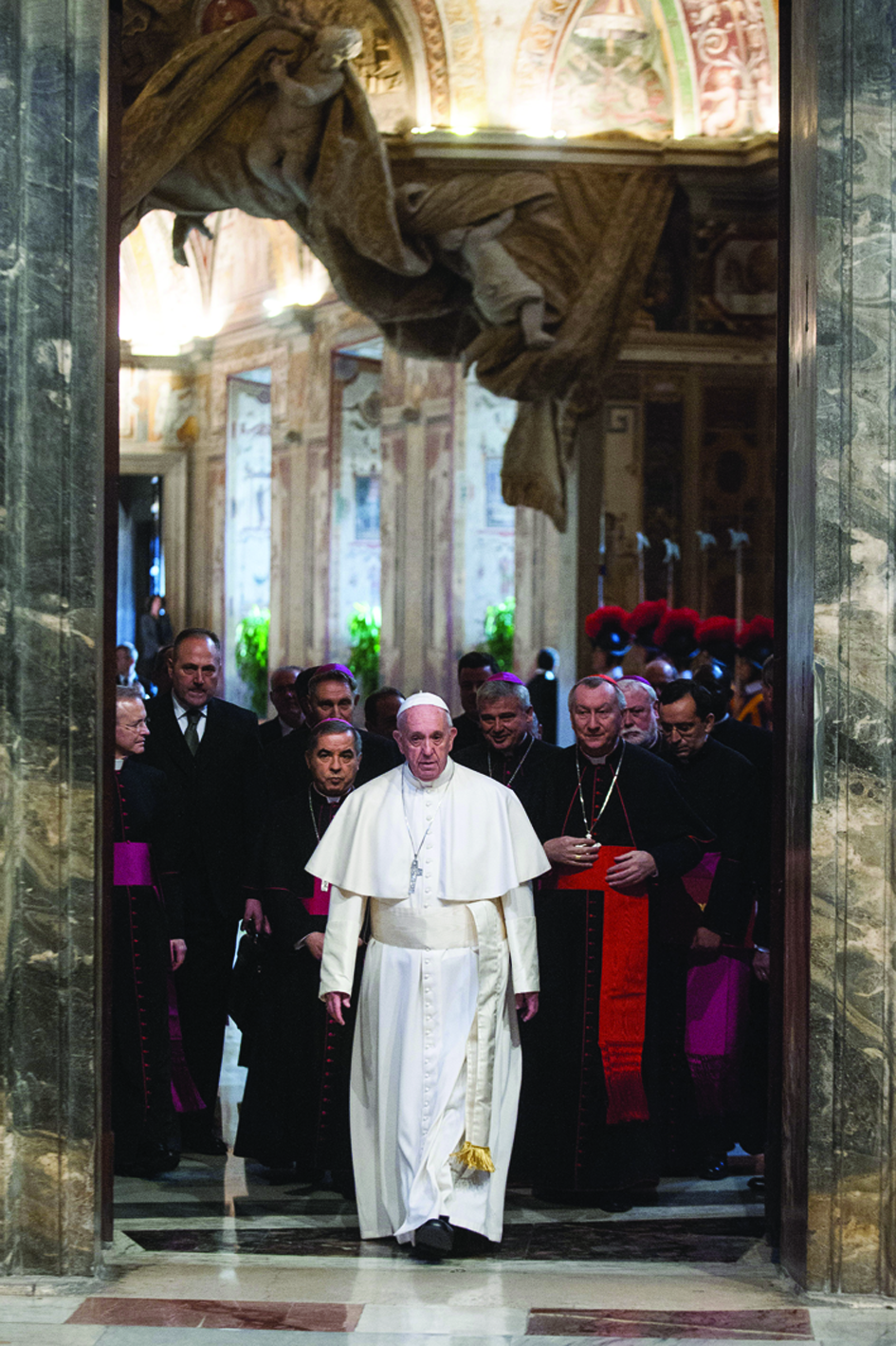 According to Bishop Marcello Semeraro, secretary to the Council of Cardinals, all these decisions are explained by the “pastoral criterion.” It is through this lens that some of the Pope’s decisions must be read: from the Third Section of the Secretariat of State, intended for the specific care of the diplomatic staff of the Holy See, up to the Magnum Principium, the motu proprio of Pope Francis with which he gave himself the greatest responsibility for episcopal conferences in the translation of sacred texts; but also the work of the Pontifical Commission for the Protection of Minors, aimed precisely at improving the pastoral care of the victims.
According to Bishop Marcello Semeraro, secretary to the Council of Cardinals, all these decisions are explained by the “pastoral criterion.” It is through this lens that some of the Pope’s decisions must be read: from the Third Section of the Secretariat of State, intended for the specific care of the diplomatic staff of the Holy See, up to the Magnum Principium, the motu proprio of Pope Francis with which he gave himself the greatest responsibility for episcopal conferences in the translation of sacred texts; but also the work of the Pontifical Commission for the Protection of Minors, aimed precisely at improving the pastoral care of the victims.
This is a key to understanding Pope Francis’ reforms, which can lead to various conclusions. An increasing responsibility on the part of the dioceses is expected, because in the end it is precisely in the diocesan work that pastoral concern and closeness with the faithful are experienced. A “lighter” Curia is expected, not in the sense of structures, but in the sense of responsibilities and also of political weight: the Curia serves to operate the machine but is called above all to have pastoral care of those people who work in the Vatican and to help those who have this type of treatment.
In the end, the draft is expected to be profoundly modified. Many amendments arrived at the end of the world consultation. Among other things, there are some unresolved regulatory issues, such as that of the Pope Emeritus, which were left out of the first debate of the Curia, while the reference in the draft to the implementation of the Sustainable Human Development Goals was striking: in practice, the language of the United Nations was entered in the draft reform, putting aside the Church’s Social Doctrine and the principle of integral human development.
On the other hand, it is also expected that Pope Francis will continue on the road to a general equalization of the Curia offices. All must be considered offices, services, but without assuming a preponderant role, even if they have history on their side. Even the office of the dean of the College of Cardinals is not exempt from this process, nor the Apostolic Chamber, nor the Prefecture of the Pontifical House. It is a task to make the “machine” work better, but without giving anything to the institution.
In the end, it is expected above all that, if reform occurs, this will not be considered a point of arrival, but a starting point. We will find ourselves in front of a deeply renewed College of Cardinals, with new curial ranks. In fact, this year the prefects of the Congregations of Bishops, Catholic Education, and Eastern Churches are celebrating (or have celebrated) their 75th birthdays.
It is probable that Pope Francis will proceed to choose their successors after the drafting of the reform. And this indicates that the Vatican will try to bring everything to a close by mid-2020.
More Curia changes: Cardinal Tagle appointed new head of Evangelization
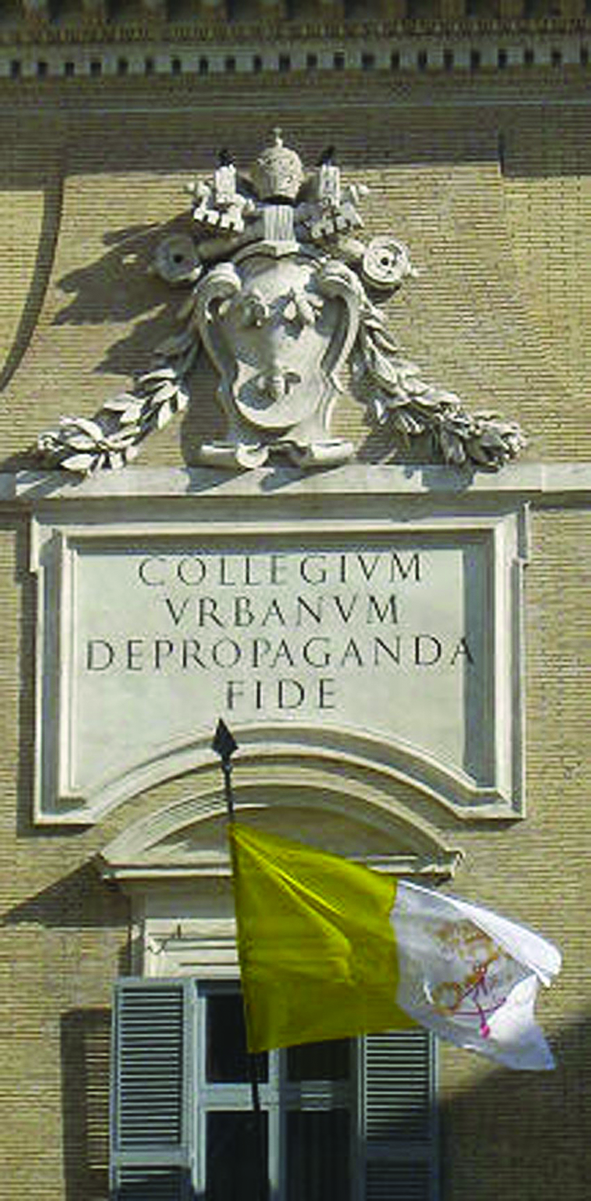 In a highly significant move, Pope Francis has appointed the Filipino Cardinal Luis Antonio Gokim Tagle, 62, archbishop of Manila, as prefect of the Congregation for the Evangelization of Peoples. The Congregation oversees the work of the Catholic Church in most of the dioceses in Africa, Asia, and Oceania, which is around one-third of the world’s 4,000 dioceses.
In a highly significant move, Pope Francis has appointed the Filipino Cardinal Luis Antonio Gokim Tagle, 62, archbishop of Manila, as prefect of the Congregation for the Evangelization of Peoples. The Congregation oversees the work of the Catholic Church in most of the dioceses in Africa, Asia, and Oceania, which is around one-third of the world’s 4,000 dioceses.
The December 8 appointment reflects the Pope’s deep desire for a missionary Church. It is also a further expression of his outreach to Asia, a continent where two-thirds of the world’s population lives today. Francis has already visited the continent four times and plans to return to it again in 2020. Cardinal Tagle is only the second Asian to hold that post, with the other being the Indian cardinal and Holy See diplomat, Ivan Dias, who served from 2006 to 2011.
The Congregation for the Evangelization of Peoples was originally called the Congregation for the Propagation of the Faith (Propaganda Fide) when it was first established by Pope Gregory XV in 1622, but Paul VI changed its name to the current one in 1967. Its task has always been “the transmission and dissemination of the faith throughout the whole world,” with specific responsibility for coordinating and guiding the Church’s diverse missionary efforts and initiatives, as well as the promotion and formation of the local clergy and hierarchies. It also plays a central role in the selection of candidates to be bishops in the dioceses under its remit and proposing their names to the Pope. Some Church people outside of Europe say its ecclesiology or ecclesial vision is to an extent still influenced by that history which sees Rome and Christian Europe at the center, outside of which are the “territories of Christianity,” and the peripheries to be evangelized. They say it has yet to fully absorb the ecclesiological vision of the Second Vatican Council, something that Pope Francis will certainly want to ensure, and his appointment of Cardinal Tagle can be seen in this light too.

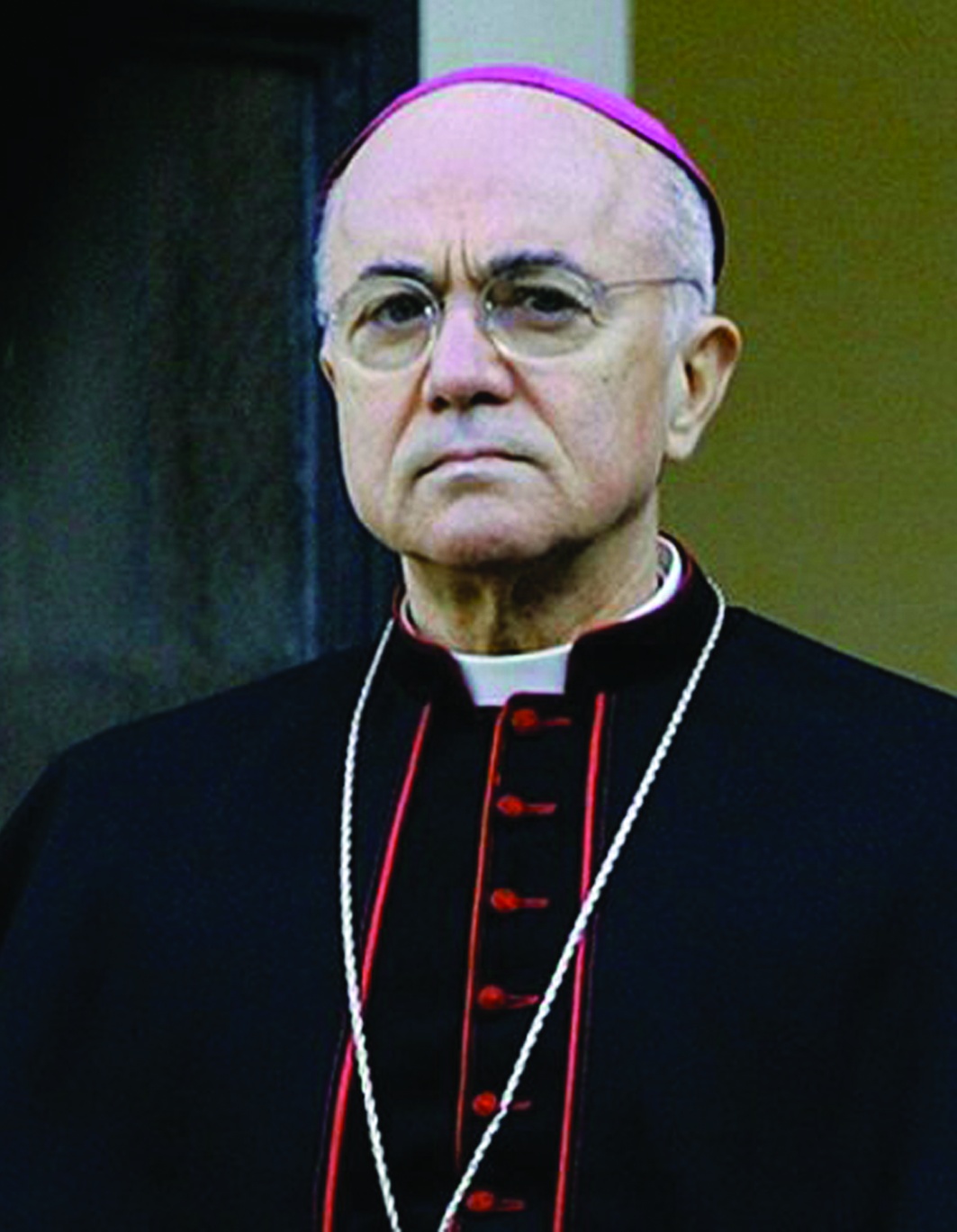
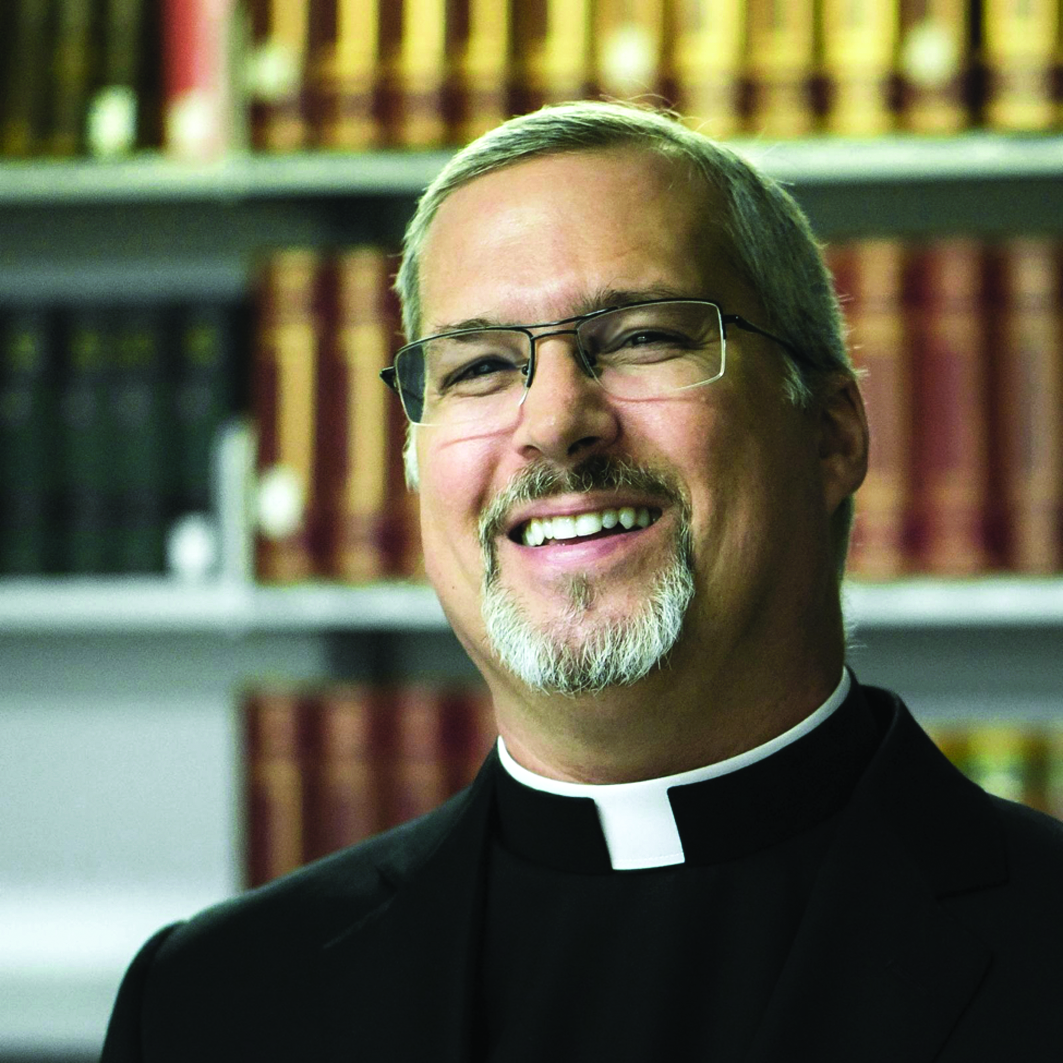

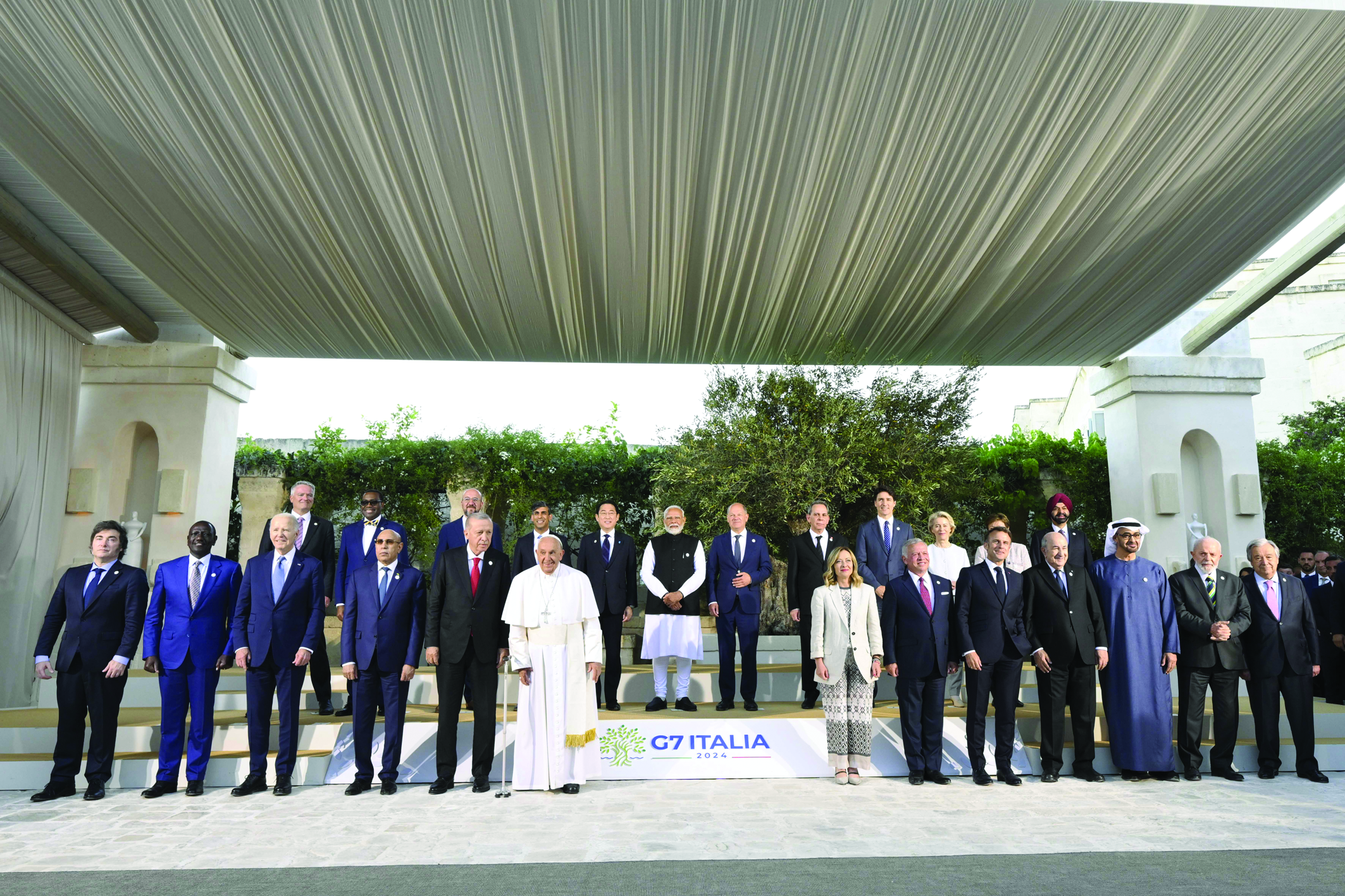
Facebook Comments